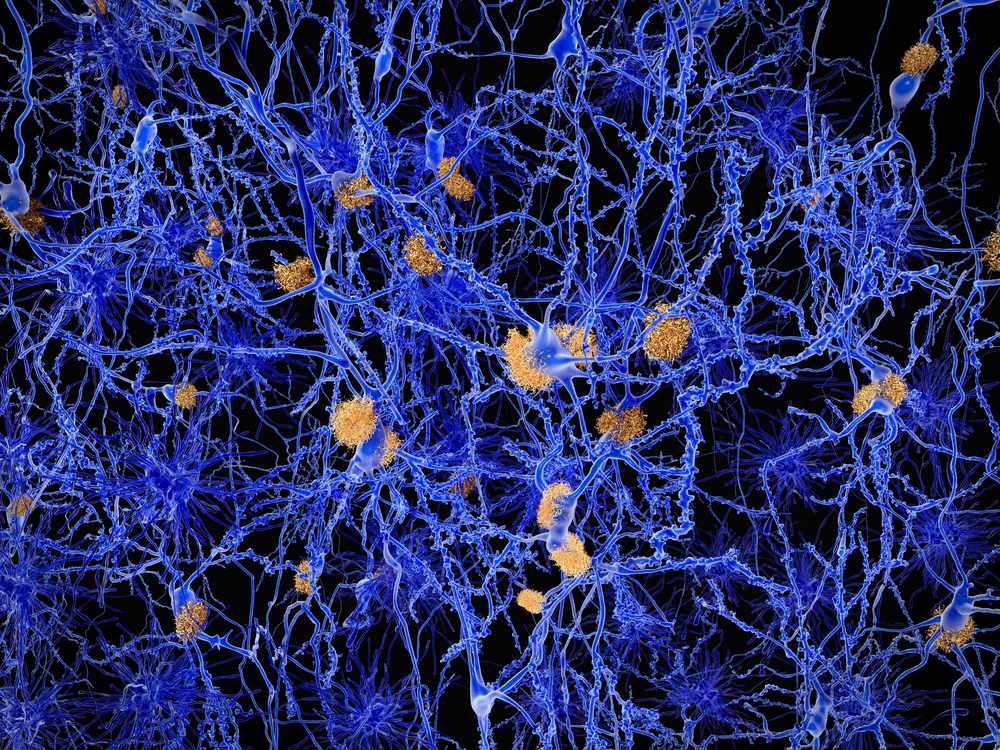-
Featured News
Mayo Clinic Minute: Seeing Alzheimer’s in a new way
 Alzheimer’s disease is one of the most feared illnesses. Besides being the sixth leading cause of death, it’s the most common cause of dementia – often robbing people of their memories and dignity. But technology is now giving researchers new ways to find it sooner and, perhaps, zero in on much more effective ways to treat the condition.
Alzheimer’s disease is one of the most feared illnesses. Besides being the sixth leading cause of death, it’s the most common cause of dementia – often robbing people of their memories and dignity. But technology is now giving researchers new ways to find it sooner and, perhaps, zero in on much more effective ways to treat the condition.
One recent advance is the ability to see specific protein components forming in the brain with positron emission tomography, or PET scans. “If we look at Alzheimer’s disease from its basic definition, it is the presence of the neuritic plaque made of amyloid in the brain and the presence of the neurofibrillary tangle comprised of tau in the brain,” says Dr. Ronald Petersen, director of the Alzheimer’s Disease Research Center at Mayo Clinic.
“Now, we can see those two entities – the plaques and the tangles – in the living individual using some of our new imaging techniques,” Dr. Petersen says.
With more on how this works, here’s Dennis Douda with this Mayo Clinic Minute.
Journalists: A broadcast-quality video pkg (1:00) is in the downloads. Read the script.







